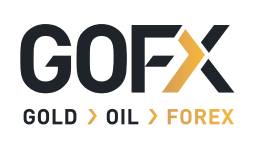About Rubber
Rubber is a hydrocarbon polymer contained in the latex of several types of plants. The main source of rubber production in international trade is para or hevea brasiliensis. In general, commercial rubber comes from the sap of the rubber tree (para rubber tree) or Hevea brasiliensis. Hevea brasiliensis is native to Brazil, South America. Rubber began to be cultivated since 1903 in North Sumatra and Java in 1906.
Rubber is one of Indonesia's largest commodities after palm oil. As much as 85% of its production is carried out by small farmers. As the second largest rubber producer in the world, Indonesia's rubber exports are important for the global market. Indonesia's rubber production has grown by 80% from 2010 to 2019 with an average growth of 3.94 percent per year.
Rubber producing areas in Indonesia
The six rubber-producing provinces in Indonesia are:
- South Sumatra.
- North Sumatra.
- Riau.
- Jambi.
- West Kalimantan.
- South Kalimantan
Indonesia's Leading Commodity
The total area of Indonesia's rubber plantations has increased over the past decade. In 2015 the country's rubber plantations had reached a total area of 3.65 million hectares. Rubber and rubber products are one of Indonesia's leading export commodities. About 85% of Indonesia's rubber production has been exported to several countries. Based on PPEI data from the Ministry of Trade, Indonesia's rubber export destinations are Japan, Malaysia, Philippines, Australia, Thailand, Singapore, Hong Kong, Taiwan, Sri Lanka, South Korea, United States, United Kingdom, Germany, Belgium, Italy, Netherlands, Canada, Saudi Arabia and Egypt.
- Inflasi Inti Jepang Bulan Maret Melambat Tekan USDJPY
- Minyak Melonjak Dipicu Berita Ledakan Fasilitas Penting Iran
- Trend Positif Ekonomi AS Tak Mampu Redam Kenaikan Emas
- Mengenal Lebih Dekat: Industri Perdagangan Berjangka Komoditi
- Membaiknya Angka Inflasi di Inggris, Bawa Angin Segar Pada Kinerja Poundsterling







